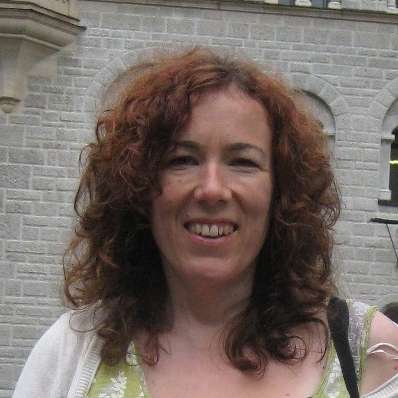Last year, I missed the CBSO’s visit to Sage Gateshead, spending most of the evening stuck in snow on the motorway, so this year I was determined that nothing would go wrong, particularly not with one of my favourite orchestral pieces on the programme. It’s sometimes dangerous reviewing a piece you really love – the reviewer runs a risk of being unnecessarily fussy about small details, but Andris Nelsons and the CBSO put in a thrilling and flawless performance of Stravinsky’s ballet Petrushka.
The first half of the concert was dedicated to works from the beginning and end of Richard Strauss’ long life. The musical language of his final work, the Four Last Songs, looks back to Strauss’s early romanticism, a style which began with his tone poem Don Juan, written in 1889, and which opened tonight’s concert.
The CBSO launched into Don Juan with a tightly controlled flourish that set the tone for the rest of the evening. Nelsons kept the volume at a moderate level which enabled him to unravel all the strands of Strauss’ rich orchestration, producing coherent, intelligent music instead of the unwieldy noise that I often associate with Strauss. After the flair of the opening, the performance took on a lovely flow; the overall sound was rich and warm, but there was always a sense of momentum, making the sudden change of mood at the end, with its daringly long silence, all the more shocking.
Don Juan is notorious for the virtuosity demanded throughout the orchestra but amid all the excitement, the captivating oboe solo created an intense moment of peace, one that would be matched later by soprano Erin Wall in September, the second of the songs. The brass section too were extraordinary not just for the fluidity of their big solos – most notably the trumpet solo in Petrushka, but also for their impressive blend; the four unison horns in Don Juan melted together into one clean sound.
Strauss’ Four Last Songs are the reflection of the elderly composer, and his soprano wife, at the end of their lives. Andris Nelsons and Erin Wall created an atmosphere not of melancholy but of quiet rapture, Wall’s creamy tones overlaid with the luxuriant orchestral playing; the voice becoming a member of the orchestra, not a soloist. At times, particularly in the final song, Im Abendrot, she showed impressive musicianship as she allowed her voice to merge into the orchestral texture, with the confidence that she would still be heard. Her sound in the opening song, Frühling, was suffused with light, and in Beim Schalfengehen was a sumptuous outpouring of emotion. In the closing moments of Im Abendrot the composer senses the arrival of death, and greets it not with fear, but with wonder: this was conveyed with magically quiet singing by Wall, against Strauss’ extraordinary orchestral colours – where else do you hear a piccolo duet accompanied by muted tuba?
The brittle, piquant sound of Petrushka offered a refreshing balance to the honeyed richness of the Strauss, which at times threatened to overwhelm me with its sweetness. The opening depiction of the Shrovetide fair was fast and thrilling, driven forwards by relentless strings and Andris Nelsons’ characterful style; he was not so much conductor as the ballet’s puppetmaster. His extreme dramatic gestures – dancing, hopping on one leg, leaning backwards right over the rail, and his exaggerated nonchalance when he stopped beating during the solos could have been hammy were it not for the effect they had on the music, the orchestra picking up every gesture and pouring it into their sound.
As in the Strauss, every individual part was vividly clear, and the solos were all excellent. The quieter inner sections of the ballet, in which the love triangle between the puppets unfolds, mixed some languid, lyrical playing with startling moments of terror that were underpinned by a meaty double-bass section, and the effective vivid jerkiness of the puppets coming to life. Even the simple drum rolls linking the scenes had extra colour added, through perfectly timed crescendos.
By the time the story returns to the fairground, Nelsons, punching the air on the off-beats, had whipped the orchestra into a frenzy, building up from a bass rumble. Like Don Juan, though, Petrushka ends on a sudden mood-change, which was deftly executed, with a miniscule cello tremolo and a tranquil violin solo before the final bassoon flourish. If there was anything missing in this performance it was that Stravinsky’s undercurrent of menace was lost in the frenzy, but it is hard to imagine a better evocation of the tricks and illusions, of the puppet world where no-one is quite sure what is real, and of the intoxicated madness of a Russian winter fair, than that conjured up by the magician Andris Nelsons.


